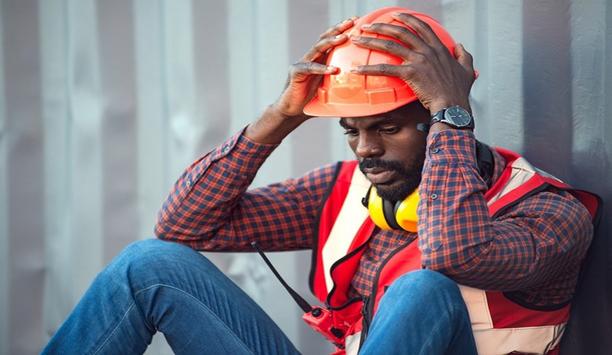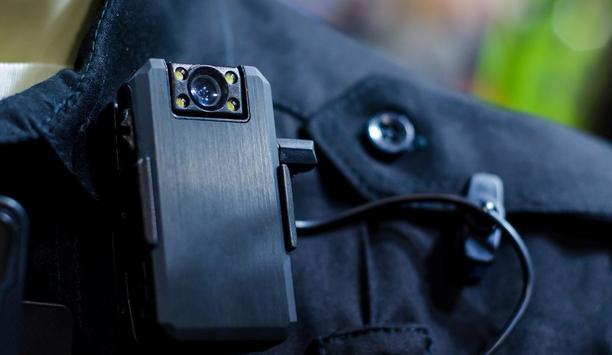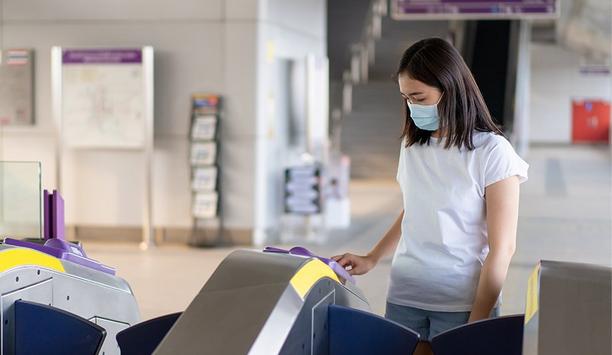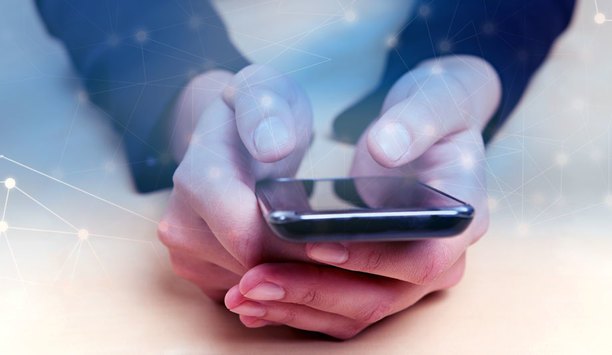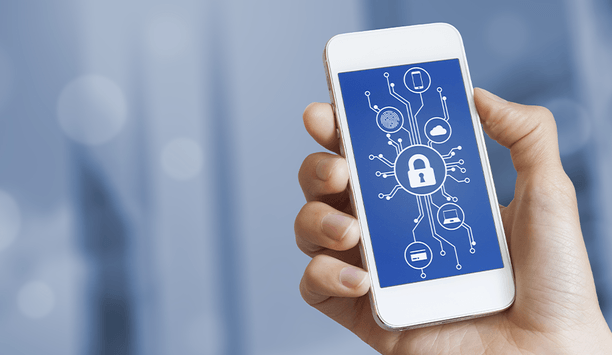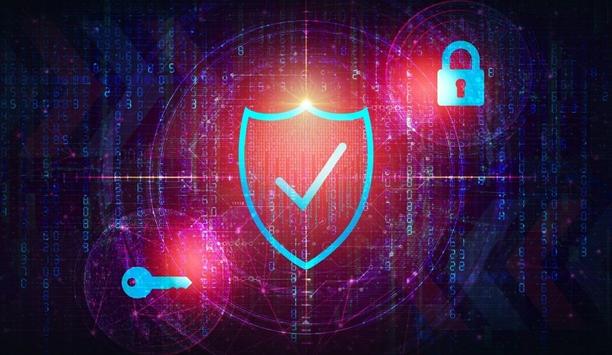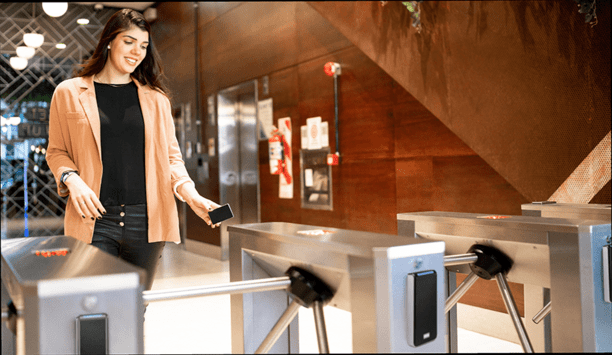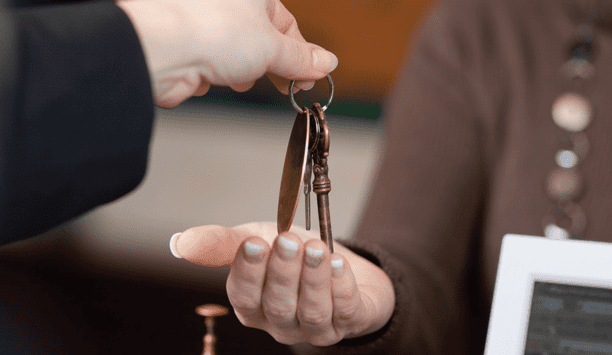Lone worker protection - Round table discussions
There is safety in numbers, or so the expression goes. Generally speaking, several employees working together tend to be safer than a single employee working alone. Even so, some environments require that workers complete their jobs alone, thus presenting a unique combination of security vulnerabilities. The U.S. Occupational Safety and Health Administration (OSHA) defines a lone worker as “an employee working alone, such as in a confined space or isolated location.” We asked this we...
The death of Michael Brown at the hands of police in Ferguson, Missouri, in August 2014, highlighted to the public, the importance of body-worn cameras. There was no bodycam footage of the Ferguson tragedy. Arguably, it would have shed additional light on the shooting. Since then, body cameras have become a tangible legacy of Ferguson, Missouri. Bodycam footage is seen as providing greater accountability and ensuring an impartial record that can support, or debunk, any claims of police miscondu...
In the past few weeks, the light at the end of the COVID-19 tunnel has brightened, providing new levels of hope that the worst of the pandemic is behind us. Dare we now consider what life will be like after the pandemic is over? Considering the possible impact on our industry, we asked this week’s Expert Panel Roundtable: Which security technologies will be most useful in a post-pandemic world?
The high cost of thermal imaging cameras historically made their use more likely in specialised law enforcement and military applications. However, lower pricing of thermal imaging technologies has opened up a new and expanding market for thermal cameras in the mainstream. We asked this week’s Expert Panel Roundtable: What are the new opportunities for thermal cameras in mainstream physical security?
Body-worn cameras are becoming more common every day, driven both by needs of the marketplace and technology developments. However, questions remain about the usefulness of the devices, and their future role in promoting safety and security. We asked this week’s Expert Panel Roundtable: What are the challenges of body-worn cameras for the security industry?
Rapid changes in technology span both the consumer and the physical security markets. In the consumer market, technology innovation is nowhere more apparent than in the palms of our hands, where we all hold the latest smartphones and mobile devices. Simply put, the unprecedented power and capabilities of today’s smart phones have changed our lives. No wonder they are also having an impact on our business of physical security systems. Although a consumer product, smartphones increasingly pl...
How mobile telephones have transformed into “smartphones” is one of the great technology stories of our time. What once was a single-function device now can do almost anything – display video, pay for groceries, monitor our health. The smartphones we carry in our pockets today have more computing power than the “super computers” of yesteryear, and that power has found many uses in a seemingly endless array of “apps.” Some of them are directly related to...
A modern guide to data loss prevention
Download7 proven solutions for law enforcement key control and asset management
DownloadThe truth behind 9 mobile access myths
DownloadAccess control system planning phase 2
DownloadSecurity practices for hotels
Download